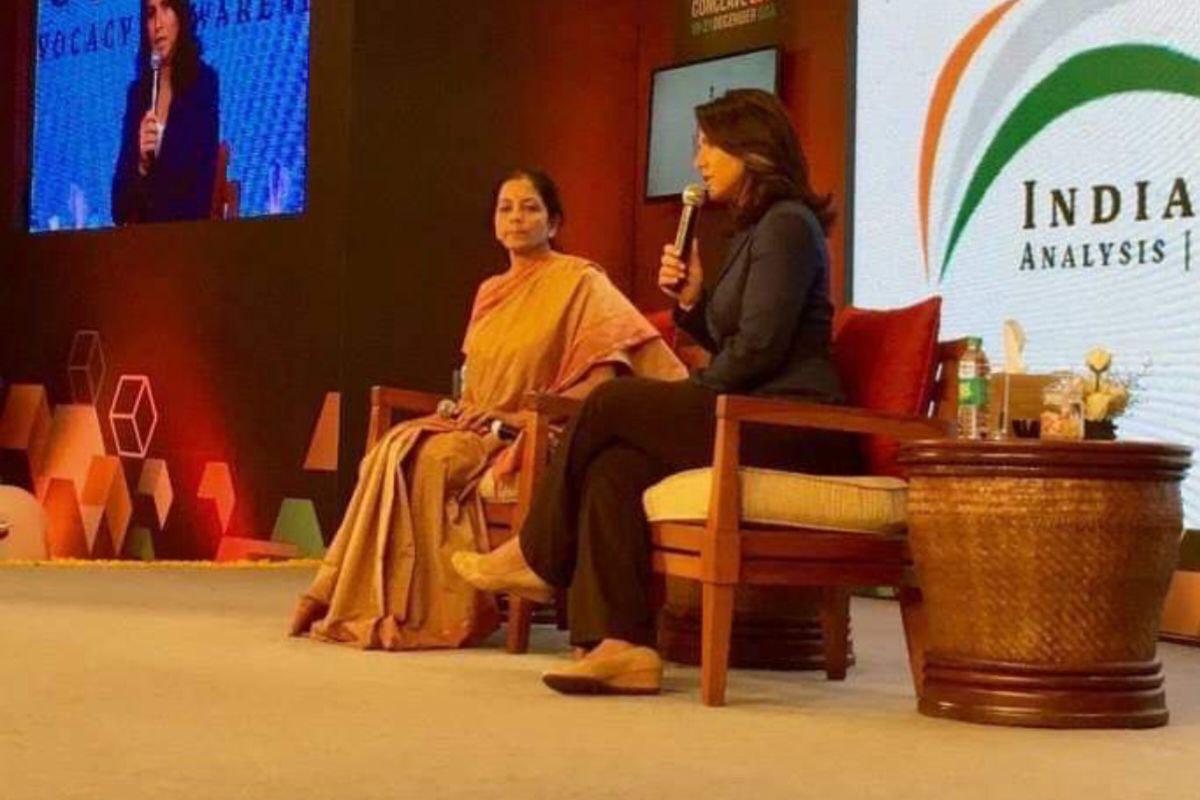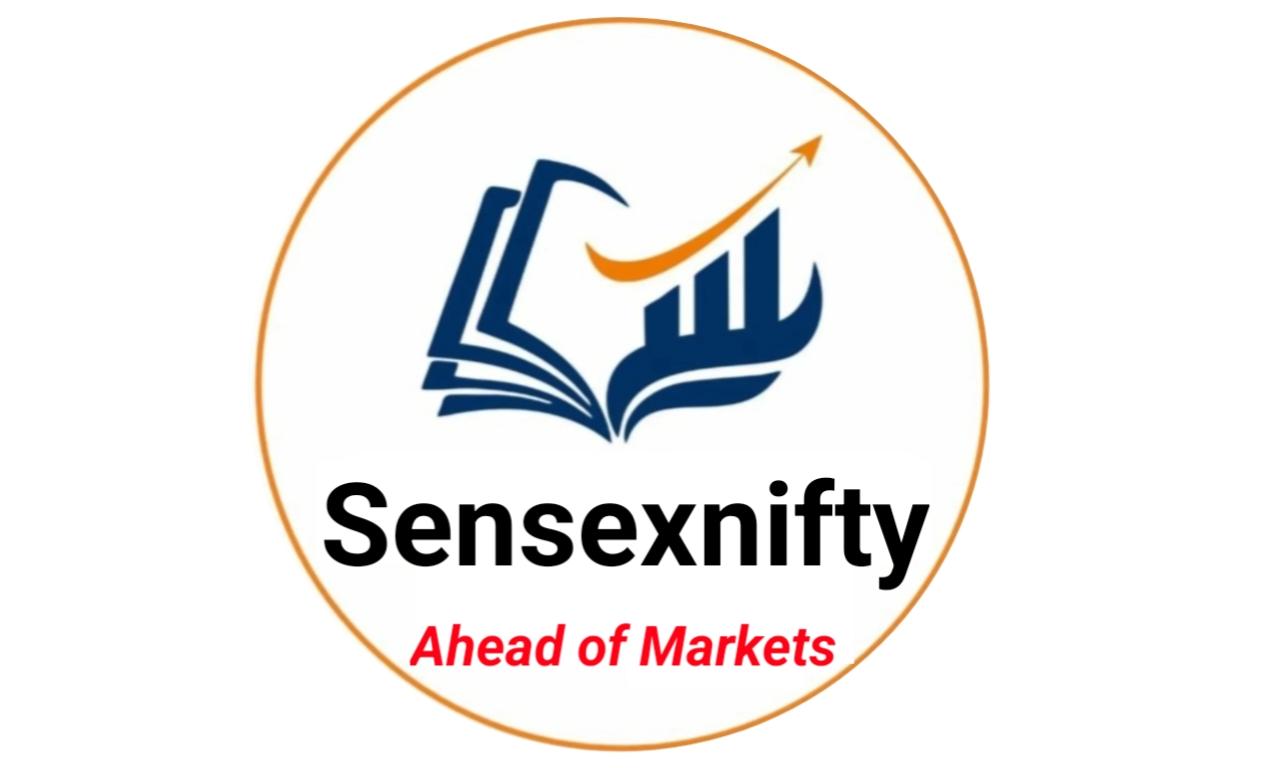
India’s tax structure has always been a topic of interest and debate among the public. While income tax or direct tax generally affects salaried individuals and business owners directly, another equally important tax system impacts every citizen – the indirect tax.
Before the implementation of GST (Goods and Services Tax), there were multiple types of indirect taxes levied at both state and central levels. However, GST was introduced to simplify this process and bring all indirect taxes under a single umbrella. It is important to note that GST is not limited to businesses or traders – anyone who purchases a biscuit, pen, notebook, or goes to a restaurant, cinema, or even an IPL match, pays GST. You may not see it directly, but it is included in the price of almost everything.
Currently, GST in India is categorized into four major tax slabs – 5%, 12%, 18%, and 28%. Additionally, there is a 0% or exempted category for essential items. The GST Council, which includes finance ministers from all states and is headed by the Union Finance Minister, regularly meets to discuss revisions, rate changes, and policy updates. One of the most awaited and discussed topics in these meetings is rate rationalisation.
Rate rationalisation essentially means simplifying the existing tax slabs by reducing their number. While four slabs exist today (excluding the 0% slab), the idea has long been discussed to bring them down to three. The goal is to eliminate confusion, reduce disputes, and simplify compliance.
Out of the four slabs – 5%, 12%, 18%, and 28% – there is generally no issue with the 5% and 28% slabs. The 5% slab is considered the minimum rate for essential items, and 28% is reserved for luxury or sin goods like expensive cars and tobacco products. The main area of dispute lies between the 12% and 18% slabs. There is often confusion and disagreement about which item belongs in which category.
Thus, rate rationalisation usually revolves around deciding whether to eliminate the 12% or the 18% slab. There have consistently been three proposals in the past:
- Remove the 12% slab and retain 5%, 18%, and 28%
- Remove the 18% slab and retain 5%, 12%, and 28%
- Remove both 12% and 18% slabs and replace them with a new uniform slab, possibly 15%
These proposals have been discussed in several past GST Council meetings. However, so far, no final decision has been taken, and the current structure with four slabs remains unchanged.
According to recent reports from credible sources (though not officially confirmed yet), the latest proposal that is gaining momentum is the removal of the 12% slab. If this goes through, all items currently taxed at 12% will be redistributed into either the 5% or 18% category.
It is important to understand that this is still under consideration. The GST Council, chaired by Finance Minister Nirmala Sitharaman, will take the final decision. Suggestions for such changes usually come from the Group of Ministers (GoM), which comprises senior state officials and ministers. These GoMs review the tax structure, hold deliberations, and recommend suggestions to the Council. In this case, reports suggest that the GoM is strongly supporting the removal of the 12% slab.
If the Council agrees, it will have to decide which items should be shifted to the 5% slab and which ones to the 18% slab. Items moved to the 5% category would become cheaper, while those shifted to 18% would become more expensive due to the higher tax rate. The final decision will directly affect pricing for end consumers and will also impact businesses dealing with those goods.
So what kind of products are currently taxed at 12%?
Here are some examples of items that currently fall under the 12% GST slab:
- Butter and ghee
- Processed food items
- Almonds and other dry fruits
- Packaged coconut water
- Mobile phones (though they fluctuate between 12% and 18%)
- Fruit juices
- Vegetable preparations
- Pickles, chutneys, jams, and jellies
- Umbrellas
If these items are shifted to the 5% category, they may become cheaper. On the other hand, if moved to 18%, they will become more expensive as manufacturers and sellers are likely to pass the burden onto consumers.
Now let’s look at items that already fall under the 18% slab:
- Hair oils
- Toothpaste
- Bath soaps
- Ice creams
- Pasta and corn products
- Printers and computers
- Capital goods
If 12% items are merged into this category, the increase in tax will directly raise costs for the consumers, especially for processed and packaged food and essential household items.
As of now, there is no official date announced for the next GST Council meeting. It is, however, expected to be held in July. Until then, all reports remain speculative. But considering the strong push from officials and ministers for this rationalisation, it appears highly likely that the 12% slab could be scrapped in the near future.
To summarize:
- The GST Council is considering a long-pending proposal for rate rationalisation.
- The latest reports suggest that the 12% GST slab may be removed.
- Items under the 12% slab may be moved to either 5% or 18%.
- If implemented, prices of some items will drop, while others may rise.
- Final decisions are pending and expected in the next GST Council meeting.
This change, if approved, would simplify India’s GST structure and could have widespread implications for consumers, businesses, and the overall economy. Businesses dealing in products currently under the 12% slab should stay alert and prepare for potential adjustments.
Stay tuned for updates from the upcoming GST Council meeting. Changes in taxation can influence markets, pricing strategies, and consumer behavior, so it’s always good to stay informed.
Disclaimer:
This article is for informational purposes only. It is based on publicly available reports and sources as of June 2025. No final decision has been made by the GST Council regarding the removal of the 12% slab. Readers are advised to follow official announcements for confirmed updates. The author is not responsible for any business or financial decisions made based on this content.




